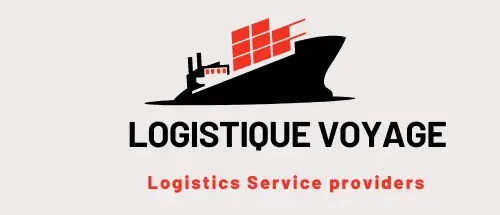Risk identification and mitigation include security threats, challenges with regulatory compliance, and supply chain interruptions. Putting policies in place to guarantee accordance with rules and laws governing distribution, warehousing services , and best transportation services . Adopting continuity planning can help reduce the effects of interruptions and ensure that operations proceed even in unanticipated circumstances.The key elements of any organization’s plan for long-term, sustainable growth are compliance and risk management. Adhering to industry-specific legal and regulatory requirements and making sure that corporate actions are in line with moral principles and legal requirements constitute compliance. Whether a threat is financial, operational, or reputational, effective risk management entails locating, evaluating, and reducing it to a minimum. Through proactive approaches to compliance and risk management, businesses can protect themselves from expensive fines, harm to their reputation, and interruptions to operations. In addition to safeguarding the company, putting in place strong compliance procedures and risk management systems builds stakeholder trust, increases resilience, and encourages an integrity- and accountability-driven culture.

